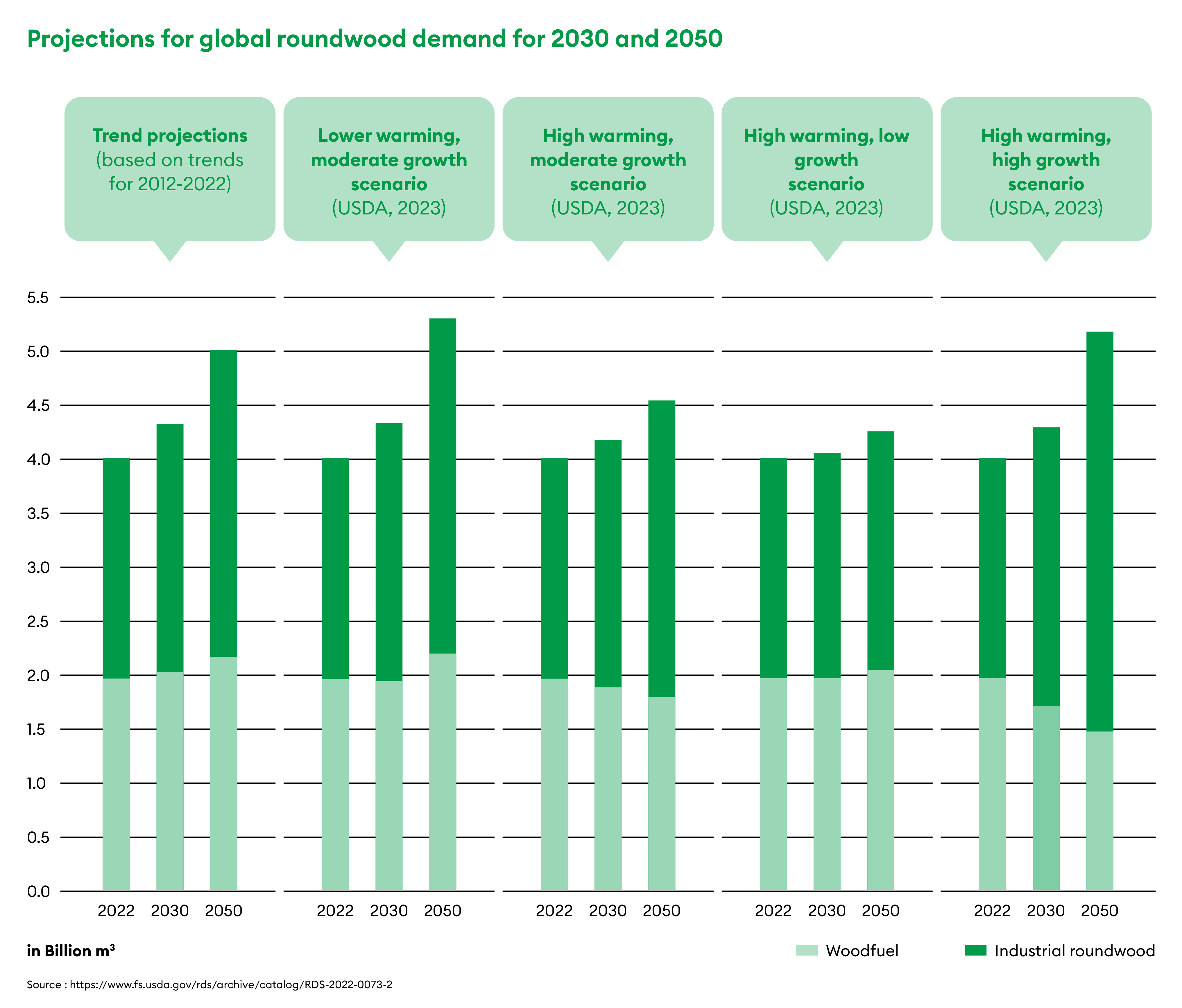Market trends
Sustainable construction materials: With the growing demand for sustainable construction materials, the need for wood is expected to rise in future. Additionally, increasing awareness of the potential for CO₂ storage in timber constructions will further drive demand. This makes particularly durable wood, such as for facades or other exterior applications, increasingly attractive.
Regulatory framework: Regulations governing the harvesting and use of wood are becoming increasingly stringent, particularly in the United States and Europe, which in turn favors sustainable forestry. Certification systems, which are continuously being improved and standardized, further support this trend. Overall, this regulatory framework, combined with the improvement of certification systems, is positively influencing the demand for sustainable tropical timber.
Digitalization and new technologies: The forestry sector is also benefiting from digitalization and emerging technologies. Satellite monitoring and drones, for example, enable more effective detection of illegally harvested wood. Additionally, new technologies enhance the ability to track and verify the origin of timber throughout the supply chain. This increased transparency helps combat illegal logging while strengthening market confidence and providing sustainably certified companies with a competitive advantage.
According to the Food and Agriculture Organization’s The State of the World’s Forests 2024 report, forecasts for 2050 indicate a significant rise in wood demand, with considerable variation depending on climate and economic scenarios. Sustainable forestry will play a key role in the bioeconomy by supplying renewable materials and ecosystem services, supporting biodiversity, and securing incomes and livelihoods. The United States Department of Agriculture (USDA) has used the Forest Resource Outlook Model (FOROM) to predict the demand for logs and forest products under four climate and economic growth scenarios. The trend projections suggest that future changes in log demand will follow the patterns estimated from data covering the period 2012–2022 (see chart).

Source : https://www.fs.usda.gov/rds/archive/catalog/RDS-2022-0073-2